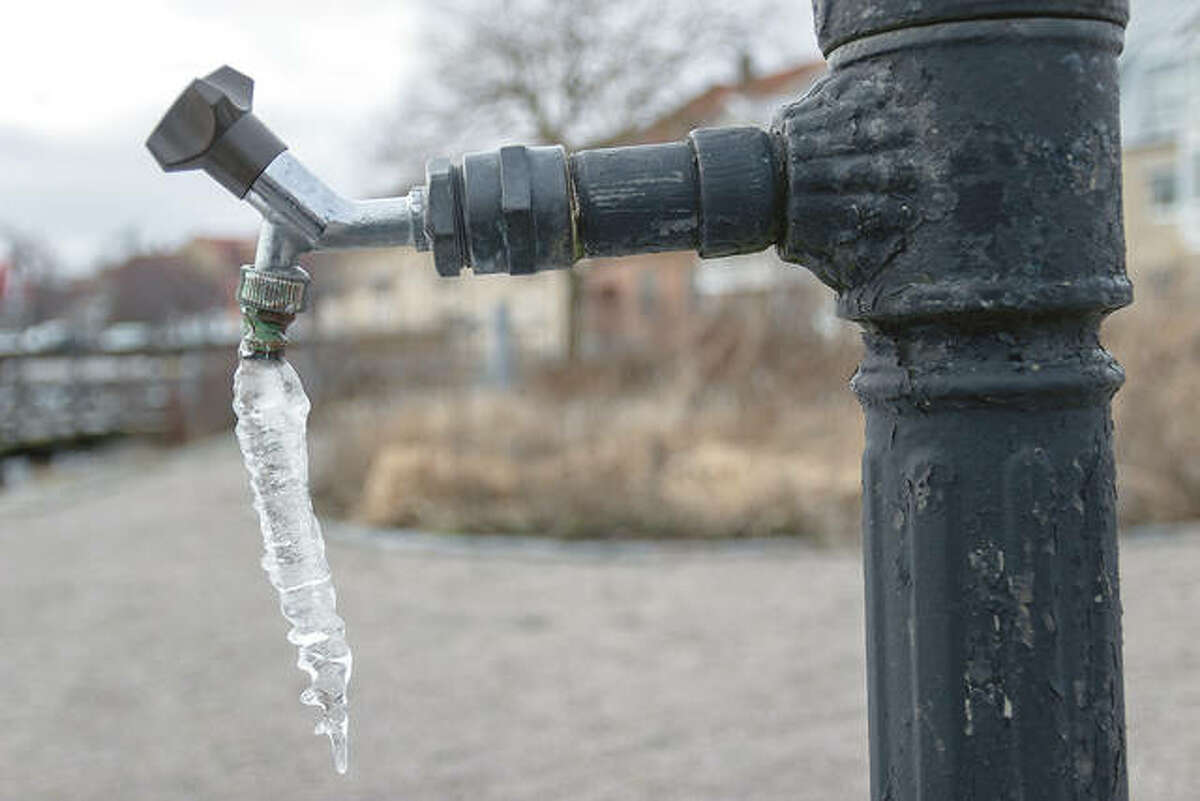Essential Advice for Avoiding Frozen Plumbing in Winter Seasons
Essential Advice for Avoiding Frozen Plumbing in Winter Seasons
Blog Article
How do you really feel in regards to Helpful Tips to Prevent Frozen Pipes this Winter?

Cold weather can wreak havoc on your plumbing, particularly by freezing pipelines. Below's how to stop it from happening and what to do if it does.
Introduction
As temperatures decrease, the risk of frozen pipelines rises, potentially leading to costly repair services and water damages. Recognizing just how to avoid frozen pipelines is important for homeowners in cold climates.
Comprehending Icy Pipes
What causes pipelines to ice up?
Pipelines ice up when revealed to temperature levels below 32 ° F (0 ° C) for prolonged durations. As water inside the pipelines freezes, it expands, putting pressure on the pipeline wall surfaces and possibly triggering them to break.
Dangers and damages
Frozen pipelines can result in supply of water disturbances, property damages, and expensive repairs. Burst pipes can flood homes and trigger comprehensive structural damages.
Indicators of Frozen Pipeline
Recognizing icy pipes early can stop them from rupturing.
Exactly how to recognize frozen pipelines
Try to find decreased water flow from faucets, uncommon odors or noises from pipes, and visible frost on exposed pipes.
Prevention Tips
Protecting susceptible pipelines
Wrap pipelines in insulation sleeves or make use of warm tape to protect them from freezing temperature levels. Concentrate on pipes in unheated or external areas of the home.
Heating methods
Keep interior rooms appropriately heated, specifically areas with pipes. Open up cabinet doors to enable cozy air to flow around pipelines under sinks.
Protecting Outside Plumbing
Yard hoses and outside taps
Separate and drain pipes yard tubes prior to winter. Install frost-proof spigots or cover outdoor taps with shielded caps.
What to Do If Your Pipelines Freeze
Immediate activities to take
If you presume frozen pipes, maintain faucets available to alleviate stress as the ice melts. Make use of a hairdryer or towels soaked in hot water to thaw pipes slowly.
Long-Term Solutions
Structural modifications
Take into consideration rerouting pipes away from exterior wall surfaces or unheated locations. Add additional insulation to attics, basements, and crawl spaces.
Updating insulation
Buy top quality insulation for pipelines, attics, and wall surfaces. Proper insulation assists maintain constant temperature levels and minimizes the danger of icy pipes.
Verdict
Protecting against frozen pipelines calls for aggressive measures and quick reactions. By recognizing the causes, signs, and preventive measures, homeowners can safeguard their plumbing during winter.
Helpful Tips to Prevent Frozen Pipes this Winter
UNDERSTANDING THE BASICS: WHY PIPES FREEZE AND WHY IT’S A PROBLEM
Water freezing inside pipes is common during the winter months, but understanding why pipes freeze, and the potential problems it can cause is crucial in preventing such incidents. This section will delve into the basics of why pipes freeze and the associated problems that may arise.
THE SCIENCE BEHIND FROZEN PIPES
When water reaches freezing temperatures, it undergoes a physical transformation and solidifies into ice. This expansion of water as it freezes is the primary reason pipes can burst. As the water inside the pipe freezes, it expands, creating immense pressure on the walls. If the pressure becomes too great, the pipe can crack or rupture, leading to leaks and water damage.
FACTORS THAT CONTRIBUTE TO PIPE FREEZING
Low Temperatures: Extremely cold weather, especially below freezing, increases the risk of pipes freezing. Uninsulated or Poorly Insulated Pipes: Pipes located in unheated areas, such as basements, crawl spaces, or attics, are more prone to freezing. Insufficient insulation or lack of insulation altogether exacerbates the problem. Exterior Wall Exposure: Pipes running along exterior walls are susceptible to freezing as they encounter colder temperatures outside. Lack of Heating or Temperature Regulation: Inadequate heating or inconsistent temperature control in your home can contribute to frozen pipes. PROBLEMS CAUSED BY FROZEN PIPES
- Pipe Bursting: As mentioned earlier, the expansion of water as it freezes can cause pipes to burst, resulting in significant water damage.
- Water Damage: When pipes burst, it can lead to flooding and water damage to your property, including walls, ceilings, flooring, and personal belongings.
- Structural Damage: Prolonged exposure to water from burst pipes can compromise the structural integrity of your home, leading to costly repairs.
- Mold and Mildew Growth: Excess moisture from water damage can create a favorable environment for mold and mildew growth, posing health risks to occupants.
- Disrupted Water Supply: Frozen pipes can also result in a complete or partial loss of water supply until the issue is resolved.
WHY CERTAIN PIPES ARE MORE PRONE TO FREEZING
- Location: Pipes located in unheated or poorly insulated areas, such as basements, crawl spaces, attics, or exterior walls, are at higher risk of freezing.
- Exterior Pipes: Outdoor pipes, such as those used for irrigation or exposed plumbing, are particularly vulnerable to freezing as they are directly exposed to the elements.
- Supply Lines: Pipes that carry water from the main water supply into your home, including the main water line, are critical to protect as freezing in these lines can affect your entire plumbing system.
- Underground Pipes: Pipes buried underground, such as those connected to sprinkler systems or outdoor faucets, can be susceptible to freezing if not properly insulated.
https://busybusy.com/blog/helpful-tips-to-prevent-frozen-pipes-this-winter/

I ran across that post about 6 Ways to Prevent Frozen Pipes while looking around the search engines. Are you aware of somebody else who is involved in How to Prevent Your Pipes From Freezing? Why not promote it. Thanks for your time. Return soon.
Click Here Report this page